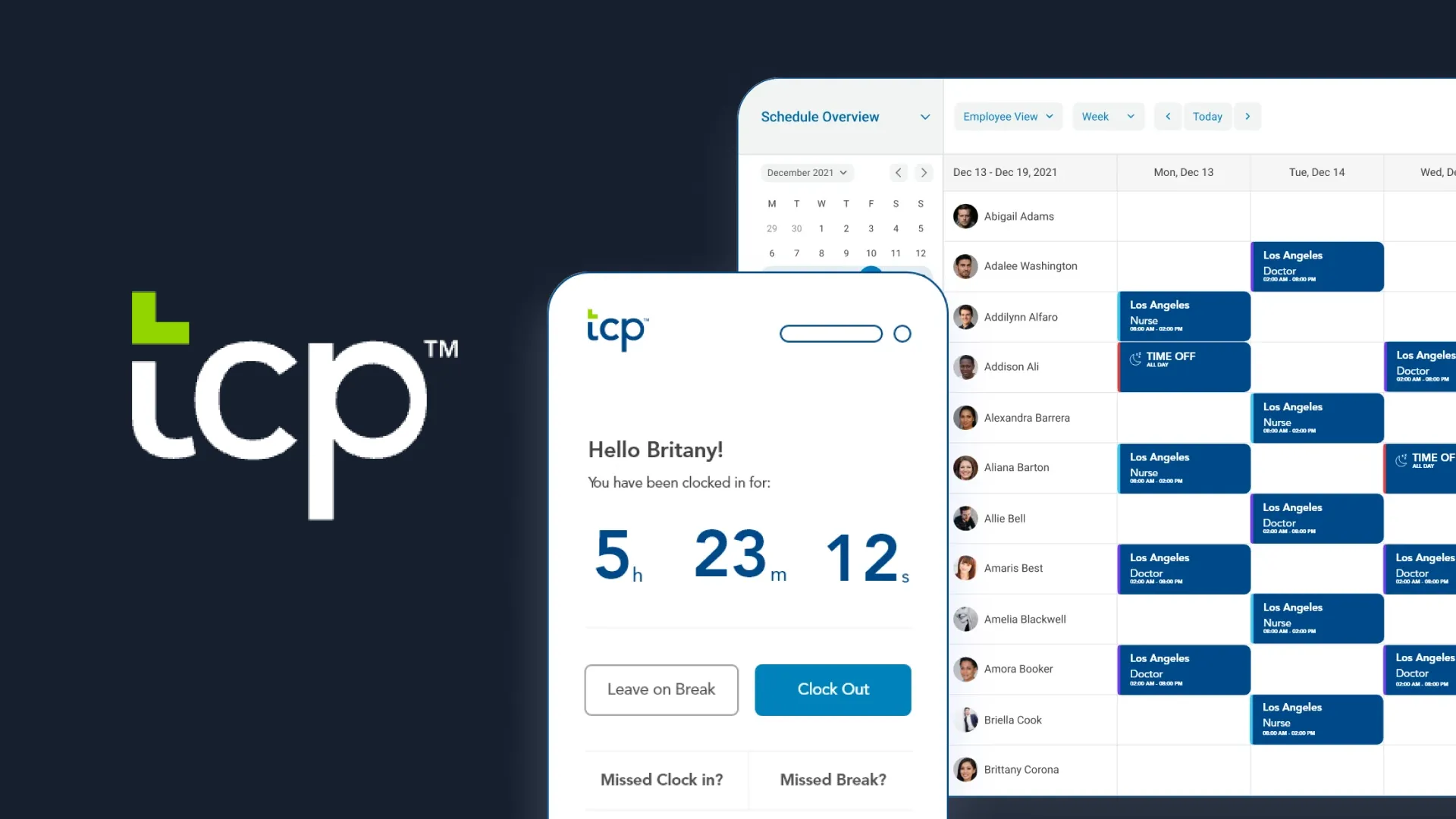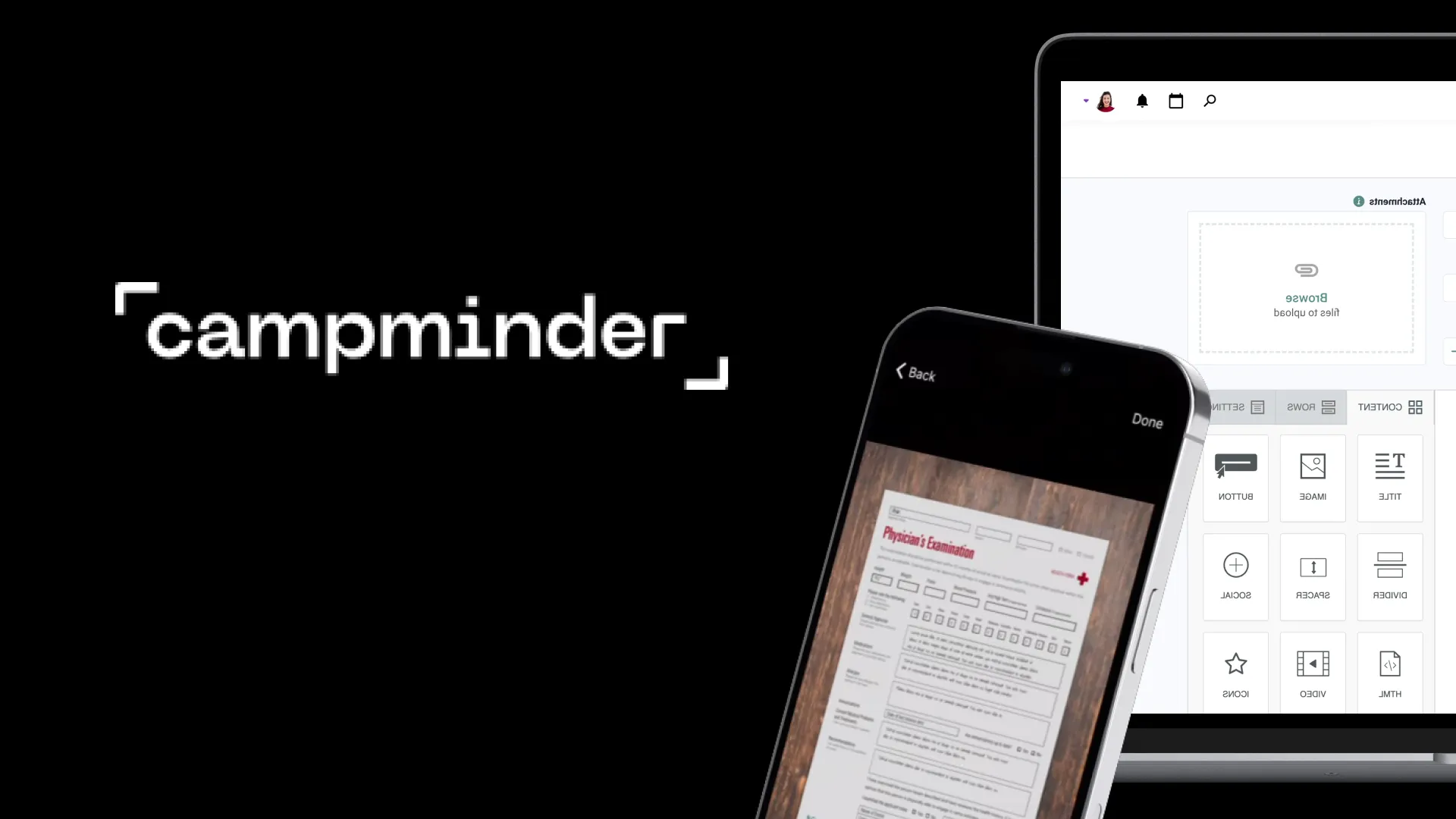Playbooks
Decision
SDRs
AEs
Prepare prospects before sales calls for more advanced discussions
.svg)
Who’s it for
Sales teams, Solution engineers, Sales enablement
Where it works
Meeting confirmations, calendar invites, pre-RFP prep
What you’ll achieve
Higher meeting show rates, better prospect preparation, shorter sales cycles
Why it matters
Instead of having AEs waste precious meeting time on basic product walkthroughs, pre-call demos ensure prospects arrive prepared with foundational understanding. This enables more advanced, value-focused conversations that accelerate deal progression.
Prospects see the product. We skip over the discovery, and jump straight into a high-intent demo. Time saved for buyers and sellers. Skip over all the back and forth!
Melany Hallgren
Sales Manager,
Campminder
Key takeaways
- Send immediately after booking - Share pre-read demos while prospect interest is highest with clear value proposition
- Keep it under 5 minutes - Focus on essentials that will advance the upcoming conversation without information overload
- Use Buyer Hub - Allow prospects to explore multiple, centralized demos based on their their role and use cases
- Set up completion alerts - Get notified when prospects engage to gauge their preparation level and interest
Implementation guide
Context-setting approach
- Begin with clear explanation of why this information matters to their specific situation
- Preview what they'll gain from the upcoming meeting and how the demo prepares them
- Include overview of meeting agenda to help prospects maximize the time investment
- Define key terminology that will arise during the conversation for confident participation
Targeted information design
- Focus only on information most relevant to the upcoming call or RFP response
- Frame content around core business problems you solve for their industry or role
- Avoid information overload while ensuring prospects understand key differentiators
- Include essential background that will enable more sophisticated discussion
Meeting confirmation process
- Send pre-read demos immediately after scheduling while interest remains high
- Use compelling subject lines emphasizing the value of reviewing before the call
- Include clear instructions on what to expect and how long the review will take
- Append ?email= parameters to demo URLs for personalized engagement tracking
Reminder sequence setup
- Schedule follow-up 24 hours before meeting with shortened version or key highlights
- Include questions prospects should consider before the meeting to prime their thinking
- Encourage prospects to share pre-read content with other meeting attendees
- Provide easy way for prospects to submit questions directly from the demo
Role-specific versions
- Create different pre-read demos for various stakeholder types (technical, business, executive)
- Address each stakeholder's unique priorities and concerns within their demo version
- Include relevant use cases and examples that resonate with their specific responsibilities
- Tailor complexity and depth based on their likely product familiarity and expertise
RFP preparation strategy
- Send targeted demos to procurement teams focused on key differentiators
- Influence evaluation criteria by highlighting unique capabilities and advantages
- Provide comprehensive product overview that supports detailed RFP responses
- Include competitive positioning relevant to their evaluation process
Examples and inspiration
Advanced strategies
Prospects see the product. We skip over the discovery, and jump straight into a high-intent demo. Time saved for buyers and sellers. Skip over all the back and forth!
- Review engagement data before calls - Tailor your presentation based on which demo sections resonated or were skipped by prospects
- Use consistent terminology - Ensure pre-read demos and live presentations use the same language and visual elements for continuity
- Enable questions within demos - Allow prospects to submit questions directly from the demo experience for better meeting preparation
- Create post-meeting demos - Build follow-up content that expands on areas where pre-read engagement was highest
.svg)







